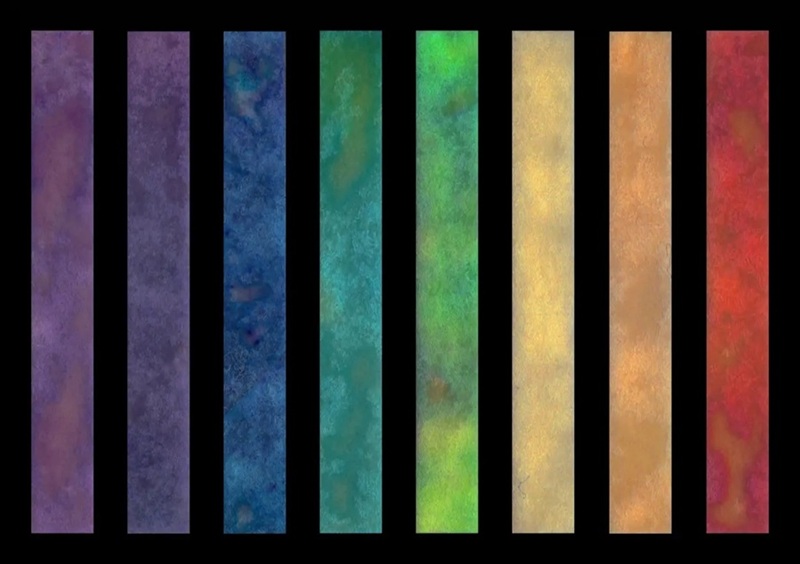Medium Detects and Counts Spores of Sulphite-Reducing Anaerobes
By LabMedica International staff writers
Posted on 27 Dec 2010
A new medium for the detection and enumeration of the spores of sulphite-reducing anaerobes can be used as an indicator of fecal contamination.Posted on 27 Dec 2010
Sulphite reducing anaerobes--Clostridia spores in particular--are useful indicators of intermittent and remote fecal contamination. Widespread in the environment, the spores of these organisms are more resistant than vegetative cells to physical and chemical change, and to chlorination, often surviving in water for long periods.
After first treating samples to remove vegetative cells, the Differential Reinforced Clostridial Medium ISO (DRCM) is used with the Most Probable Number (MPN) method to determine Clostridia content per volume of sample. The inclusion of iron (III) citrate in the DRCM formulation, causes blackening of the medium, which indicates sulphite reduction, and highlights the presence of the sulphite-reducing bacteria.
Among Clostridia, e.g., Clostridium perfringens can cause gangrene; and Clostridium botulinum can cause food poisoning in humans and are particularly dangerous because they are not destroyed by cooking.
LabM Ltd. (Bury, UK), producers of microbiological culture media, has added DRCM to its anaerobe range. The company specializes in the development and production of microbiological diagnostic products. It offers high quality dehydrated culture media and chromogenic media, as well as a wide range of media supplements.
A modified MacConkey Agar has been added to LabM's range of dehydrated culture media. MacConkey Agar No.2 contains bile salts No. 2 for the recognition of Enterococci and is especially useful when these organisms are present alongside coliforms and nonlactose fermenters in water, sewage, and food products.
Enterococci appear on MacConkey Agar No.2 as small, intensely coloured, red-purple colonies. Colonies of nonlactose fermenters appear colourless, while bile tolerant Gram-positive organisms, such as Staphylococci and nonfecal Streptococci, are completely inhibited.
Related Links:
LabM Ltd.










 (3) (1).png)


